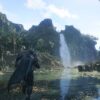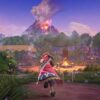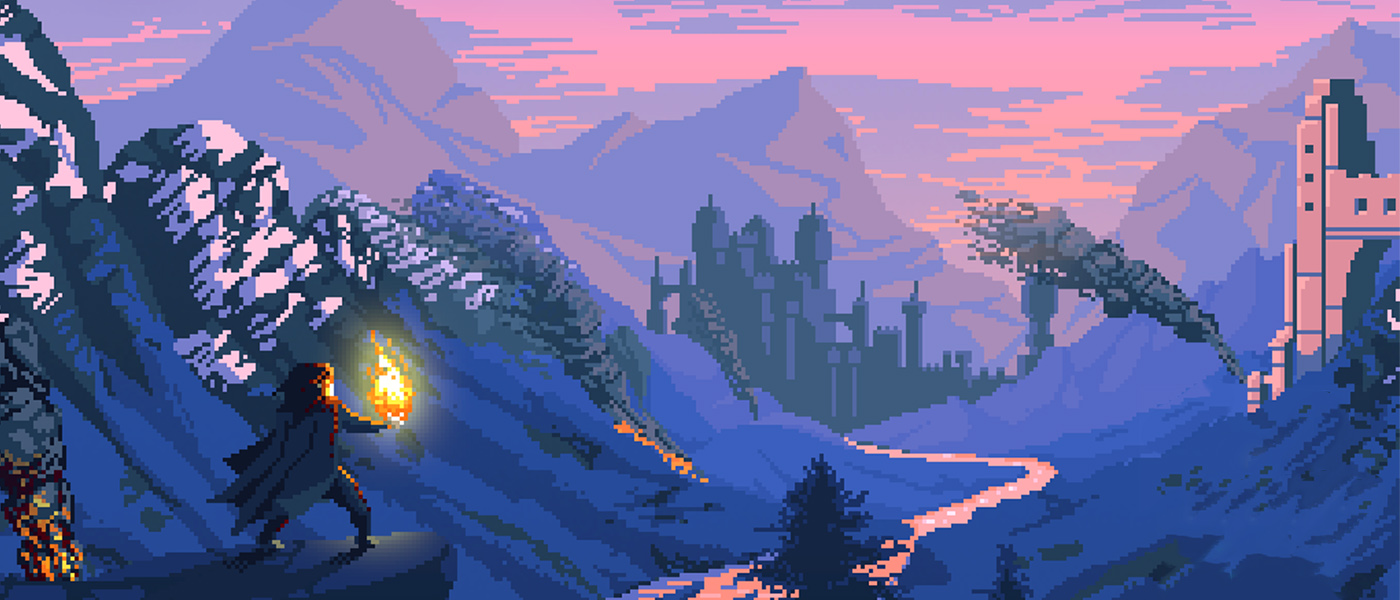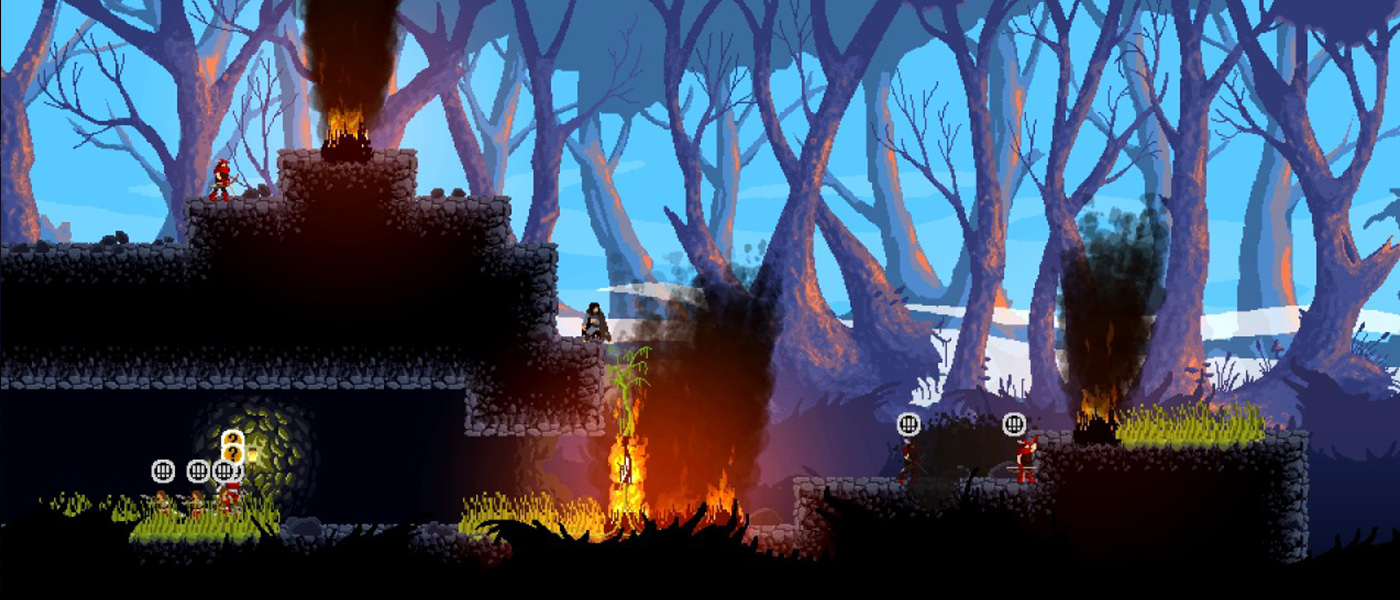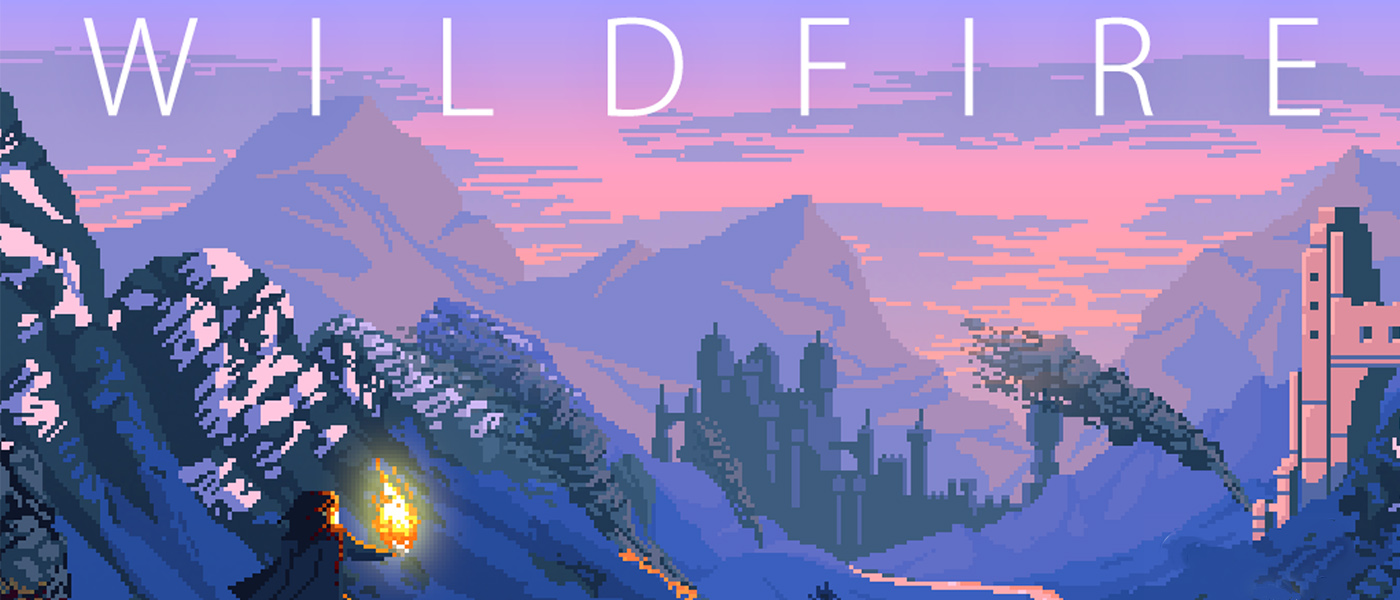Former GameSpot journalist and current independent developer, Dan Hindes, detailed his upcoming game, Wildfire while providing insight into the Australian independent development industry.
What is your role in Wildfire’s development?
I am the programmer and designer. That means I design all the mechanics and then I try and figure out how to make them work in the actual game itself. I am also the team lead, so I’m co-ordinating the work of all the other members of the team. We have a terrain artist, character sprite animator, musician and sound designer. They’re all in different parts of the country – or countries – and they bring their work in and I fit them in the system, and feedback from them.
How do you feel the fact that the team is all spread affects the game’s development?
It’s interesting because it’s coming together in a way that is surprisingly cohesive considering our situation, but it’s not finished yet so I can’t really see it as a whole. It works because [each member] has their own separate role. A musician is completely different to a programmer. If I was working with a programmer and they were in another country, it’d be really hard to co-ordinate because we’d have to be together all the time, but because sound effects and music are something I can just plug in, it makes it possible. This is our first project so I think we are learning how to do that together and it’s coming along despite that.
How would you describe Wildfire to someone who doesn’t know what it is?
A side-scrolling 2D stealth platformer in which you have no real way to deal with enemies but you can manipulate the environments by manipulating the elements (earth, fire and water). You can combine them in different ways to create different effects and those effects can give you situations or opportunities where you can outwit enemies or affect their AI states in ways that’ll allow you to overcome them in violent or non-violent means.
“I really like Avatar and I really like the ways elements work in that.”
Is the concept of manipulating the elements inspired by anything?
I really like Avatar and I really like the ways elements work in that. In video games, especially in role-playing games, water does double damage to fire, and that doesn’t really affect the physical geometry or layout of the level or the properties of the elements themselves. I always wanted to have that Avatar game where you can create opportunities or situations through manipulating those elements in ways that are systemic and interesting enough – in ways that aren’t just ‘you do double damage’ or ‘bring up a shield device’.
You’ve also mentioned on Twitter the idea of the player jumping towards another structure after running off a ledge. What inspired you to add this feature?
My housemate was playing Uncharted and it looked like he was falling of ledges, and then I noticed Nathan Drake jumped – and I was like, ‘oh, they’ve added a little safety net there’. I was [also] replaying Mark of the Ninja as research because Wildfire is heavily inspired by it and I noticed they did that in Mark of the Ninja too. I was tweeting the lead designer of Mark of the Ninja, Nels Anderson and he was like, ‘Oh yeah that’s one of the things we added through play testing’.
I noticed in my own play testing sessions that people weren’t judging the precise moment when jumping – they’d always press the jump button a second too late. It’s a completely false thing, there’s nothing properly systemic about that which I’m a bit anxious about but it just helps players do what they intended to do without feeling frustrated.
Wildfire was funded by a Kickstarter program. What made you want to fund the game that way?
“Kickstarter was right for it [since] I thought the ideas were evocative enough that it would garnish some attention. I had no idea whether it would be successful.”
I needed money to pay the developers. The other members of the team – some of them are working on a revenue share model which is where they get a share of the profit after the game is done – some of the other members are more established in the industry and I needed to pay them a fee upfront. The only way I could do that was by getting the money – I didn’t have it on me just through my regular income. Kickstarter was right for it [since] I thought the ideas were evocative enough that it would garnish some attention. I had no idea whether it would be successful.
Did you try pitching the game to Australian publishers?
They began getting in contact with us after I launched the Kickstarter. We launched the game on Steam Green-light at the same time as our Kickstarter campaign and it was green-lit in eight days. That was a really good vote of confidence for us.
What Australian publishers need is for them to upload the game from their page to the Steam store so they can control the revenue share, because if you’ve already done that and the money’s going into your account then they don’t really have a purpose asides from public relations or promotional stuff after the fact.
Getting green-lit so quickly tells me that we can do this by ourselves and publishers are willing to provide monetary investment but I don’t think it would’ve been enough or had attachments I would’ve been comfortable with – for instance, ‘los[ing] a third of the revenue or whatever their percentages are’. I wanted to work on it completely independently.
“I wanted to work on it completely independently.”
You’ve been a video game journalist for a long time, having worked as an editor at GameSpot and PC PowerPlay. What made you want to switch from reporting on video games to creating them?
I always wanted to be a developer first. I studied development at university – well, informational technology and programming but I was just terrible at it. I happened to get a job at PC PowerPlay at that time and I was like, ‘okay, I’ll switch over and do this’. I taught myself in my spare time and realised I could do it, and eventually made the switch back.
“I always wanted to be a developer first.”
You’re very active on social media, detailing the development of Wildfire and any future updates. How do you feel communicating with your consumer base has affected the development of the game?
They’re not really my consumer base. They’re other journalists and my social media presence has kinda come from journalism. They are people interested in the game I’m making on an intellectual level and a conceptual level – it’s an interplay between, ‘hey this is a cool mechanic but could it go further; could it do this’. I’m throwing these ideas out there and seeing what kind of feedback I’d get.
The game’s set to release on the PC. Have you thought of porting the game to Macs and consoles?
I don’t own a Mac and you need to put it on a Mac to compile it. I don’t know if it works since I haven’t had a Mac to test it on – theoretically, I could just press a button and it could make a Mac build. Linux might be as easy as well. It’s definitely something I’m interested in doing but I don’t have the means as of right now to do it.
There’s also not much of a point creating a build now because the game’s going to change so much. I don’t have the experience to code on the experience of consoles and GameMaker doesn’t natively export to console. Hotline Miami was made in GameMaker and the PC version was made by the developers but the PlayStation 4 and PlayStation Vita port was done by an external studio. It’s something I’m anxious about because we’d lose a lot of revenue of the port and [wouldn’t be able to] control it.
